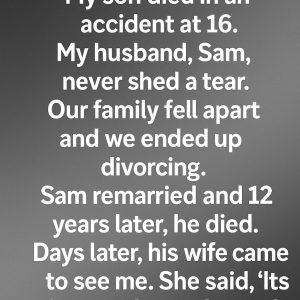Former President George W. Bush recently attracted attention when he threw the ceremonial first pitch at the World Series opener, an event that sparked widespread discussion given his recent health history. Jenna Bush Hager, his daughter, offered insight into the moment, noting that the pitch “did not, it curved,” and attributed the misstep to her father having undergone back surgery earlier in the year. She explained that the surgery likely contributed to the awkward toss, highlighting the physical challenges that can follow a major medical procedure. Her remarks contextualized the incident, portraying it not simply as a missed throw but as a human moment influenced by recovery and physical limitations.
A spokesperson for the former president confirmed that he had undergone fusion surgery on his lower back earlier in the year, affirming that while the procedure is significant, Bush is recovering well. The spokesperson emphasized that Bush is not one to offer excuses, framing the explanation as factual rather than a justification. This confirmation shed light on the strain that even ceremonial physical activities can place on someone recovering from major spinal surgery. Observers were reminded that age and health conditions, even for prominent figures, can impact performance in highly visible public appearances, making Bush’s participation noteworthy both for his dedication and for the physical courage it implied.
This appearance at the World Series marks one of several occasions when Bush has thrown the first pitch, demonstrating a longstanding connection to baseball and public ceremonial events. Notably, he delivered a perfect strike in 2001, just a month after the September 11 attacks, a moment remembered for its symbolism of resilience and national unity. The act of throwing the first pitch has historically served as a ceremonial gesture that combines sporting tradition with political and cultural significance, and Bush’s participation in such events highlights the interplay between personal performance and public perception in highly scrutinized arenas.
Bush’s history of ceremonial first pitches also includes appearances in 2010 and 2017, when he threw alongside his father, former President George H.W. Bush. These moments reinforced family legacy, public service, and continuity, linking generations of leadership through a simple yet symbolic act. Observers often see such ceremonial pitches as reflections of personal character, public persona, and physical capability. In Bush’s case, the presence of family and the continuity of tradition underscore a human side to political figures, showing how ordinary gestures like a baseball toss can carry historical and emotional resonance beyond the moment itself.
Ultimately, the recent World Series pitch exemplifies how public appearances intersect with personal circumstances, health realities, and family legacy. While the curved pitch attracted media attention and lighthearted commentary, it also highlighted the resilience and dedication of a former president recovering from major surgery. Bush’s participation reinforced his long-standing engagement with ceremonial and sporting traditions, while also offering a humanizing glimpse of vulnerability and effort. The incident serves as a reminder that public figures navigate physical limitations and personal health while remaining committed to tradition, family, and symbolic acts that resonate widely with the public.





